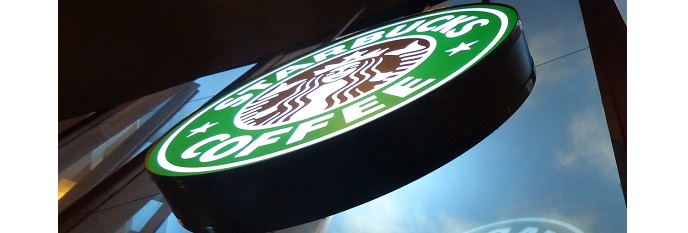Coffee in Indonesia: Lower Output but Higher Earnings on Brazil Drought
Brazil has been in the spotlight as recent developments in this country influence global prices of coffee and sugar. There are currently two factors at play in Brazil, the world’s leading coffee and sugar supplier. First, ongoing drought has sharply pushed up the price of coffee. Secondly, the market is hopeful that reform-minded candidate Aécio Neves wins the Brazilian presidential election in the second voting round. This has given Brazil’s currency (real) a boost against the US dollar, and thus impacted on prices of coffee and sugar.
Due to the combination of these two factors, coffee futures have soared. Since mid-September 2014 the coffee price has increased 25 percent to USD $2.20 per pound (the highest level since early 2012). In fact, various analysts believe that the coffee price can exceed USD $3 per pound if drought and appreciation of the Brazilian real continue.
Brazil’s coffee harvest was disappointing in the last season as the country had been hit by severe dry weather at the start of the year. The current ongoing drought is expected to have a great negative impact on next season’s harvest. According to reports from meteorologists, there are still no signs of rain coming soon, implying that coffee beans cannot ripe yet.
Brazil produces approximately one-third of the world’s coffee output and about half the world’s total Arabica beans output. Therefore, the price of Arabica coffee - generally used in espresso and cappuccino - has nearly doubled. According to information from Brazil’s National Coffee Council, coffee output in Brazil may decline by at least 18 percent to 40.1 million bags in 2014. Last year, Brazilian coffee output had already fallen by 3.1 percent year-on-year.
Meanwhile the sugar price surged over 6 percent in the past three weeks. However, as global stockpiles of sugar are still abundant, the sugar price is still about 15 percent lower than a year ago.

Impact of Brazilian Drought on Indonesia
For Indonesia, also a global leading coffee producer (particularly the lower quality Robusta coffee beans), the higher global coffee price results in stronger foreign exchange earnings. Indonesia’s Trade Ministry stated that foreign exchange earnings from the coffee export is expected to increase over 10 percent to USD $1.3 billion in 2014 (from USD $1.17 billion in 2013), despite Indonesia’s lower production volume this year. Weak harvests in Brazil also imply that coffee producers will need to switch to Indonesian coffee beans.
Leman Pahlevi, Chairman of the Indonesian Specialty Coffee Association (AKSI), stated that Indonesia’s Arabica coffee is currently exported at the price of USD $100 per kilogram, while the famous luwak specialty coffee is currently priced in the range of USD $150 and USD $200 per kilogram.
Luwak coffee is the world's most expensive coffee due to its labour-intensive production process and scarcity on the international market. This specialty coffee is brewed from beans that have passed through the digestive system of the Asian palm civet (a catlike animal). Due to the unusual fermentation process inside the animal stomach (and due to the fact that the civet is able to select the juiciest coffee cherries from the coffee trees) luwak coffee is believed to have a richer taste.
A characteristic of Indonesia regarding coffee is that domestic coffee consumption is still low with an annual coffee consumption of 600 grams per capita, much lower than in Brazil, where annual consumption is about three kilogram per capita. Therefore, most of Indonesia coffee production (roughly 80 percent) is exported overseas.
However, Indonesia’s coffee production has declined to 500,000 tons between October 2013 and September 2014, down from 700,000 tons in the same period the preceding year, due to a long dry season last year resulting in weaker harvest in 2014. AKSI is optimistic that Indonesian coffee output will improve to 600,000 tons for the October 2014-September 2015 period.
The government of Indonesia targets total domestic coffee output of 450,000 tons in 2014. However, as the country’s total coffee exports only reached 192,985 tons in the first seven months of 2014 (down 33.1 percent from the same period last year), the Trade Ministry has become pessimistic about achieving this target.
